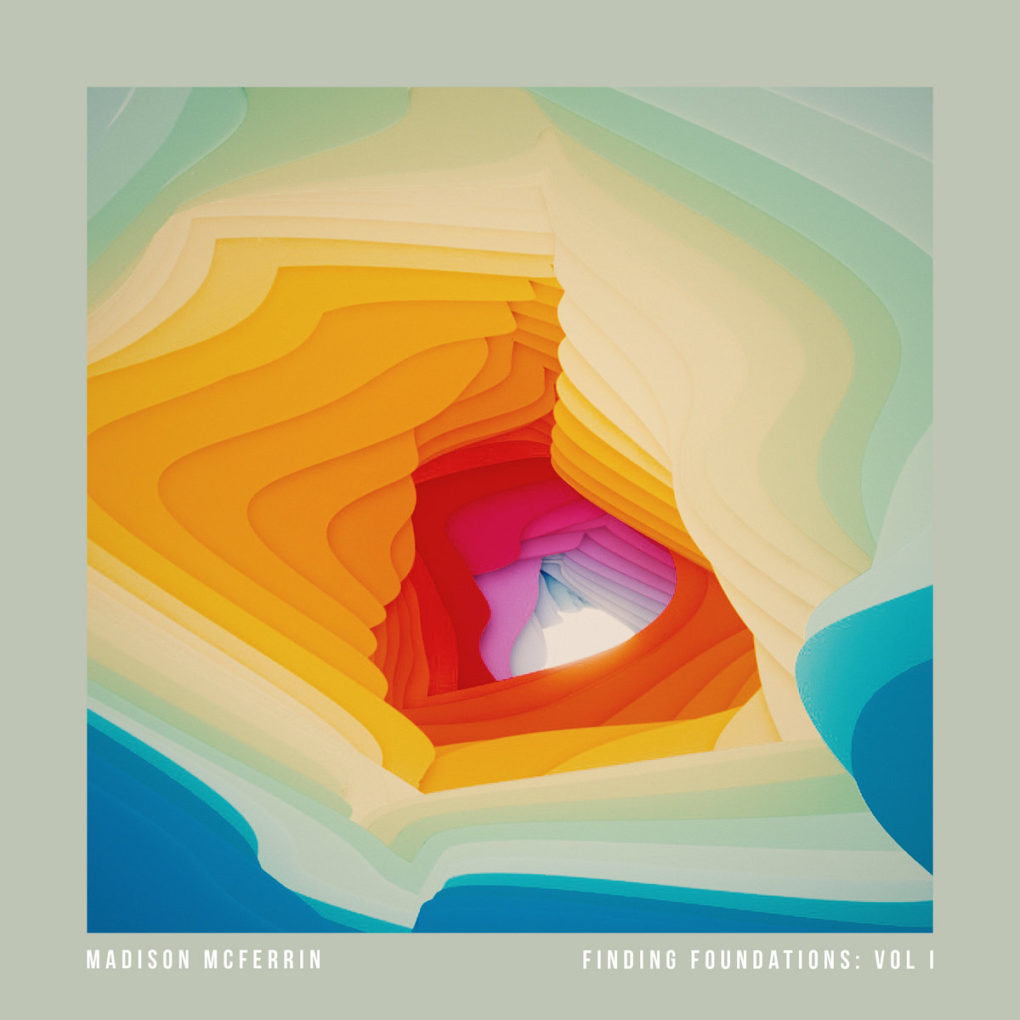2016 was shaping up to be a great year for Madison McFerrin. Until it was a disaster.
The then-24-year-old singer was working hard to make her own way in music; an industry in which her brother (featured in week 358) had already found success, and in which her father (featured in week 23) was a legend.
She was working on her first release when she was invited, in June of that year, to sing the national anthem at a Hillary Clinton campaign rally in New York. Eager to showcase her vocal skills in front of a national TV audience, McFerrin worked on a special version of the anthem that she thought would captivate the audience.
But as she began to sing, the audience began to sing along, but they were singing the traditional melody, which clashed with what she had been relentlessly practising. She couldn’t exactly tell them to stop and listen to her special version, so she sang along as if she were just another person in the audience of thousands. The TV mics, of course, didn’t pick up any of the crowd singing, only McFerrin. To the TV audience, her performance sounded off.
I’ve heard it, and it’s not awful – it just sounds the way you would expect it to sound if one person in a crowd of thousands was recorded singing the national anthem. Which is pretty much what it was. The internet, however, was unforgiving. Her “failure” went viral, and every person with wifi and something to say aimed their sarcasm at McFerrin.
She didn’t perform for months.
But then, she did. Her first release – which contained this song – came out as the year drew to a close, and slowly, the scarring that only internet hatred can inflict on a person began to heal. Or, more accurately, she performed surgery on the wounds caused by that internet hatred: in 2019, she released the video for her song “TRY”, which featured screen captures of hateful tweets and comments.
Somehow, Madison McFerrin was able to turn her lowest moment into her motivation to move forward, and I plan to re-read this story the next time I make what feels like a monumental mistake.
What makes this a beautiful song:
1. Looped vocals. Around 2016, she had decided to focus on solo acapella music; looping her own voice in live performances, rather than using instruments. This in itself was a bold move, because it would magnify the obvious comparisons to her father. But to watch her perform her work live is to realize that her live performances are very different from her father’s. Where Bobby works around improvisation, Madison builds songs loop by loop, with a precision that requires a very different skillset from improvisation.
2. Implied percussion. Her handclaps and whispered percussive noises have a way of making me imagine an actually drum beat.
3. The message. The lyrics tell a fairly standard post-breakup story, but the repeated line about not having time to lose can be applied to just about anything. There really isn’t time to lose on people or relationships or wallowing in failures, and Madison McFerrin is proof of that.
Recommended listening activity:
Pulling something out of the recycling bin to make art with.
